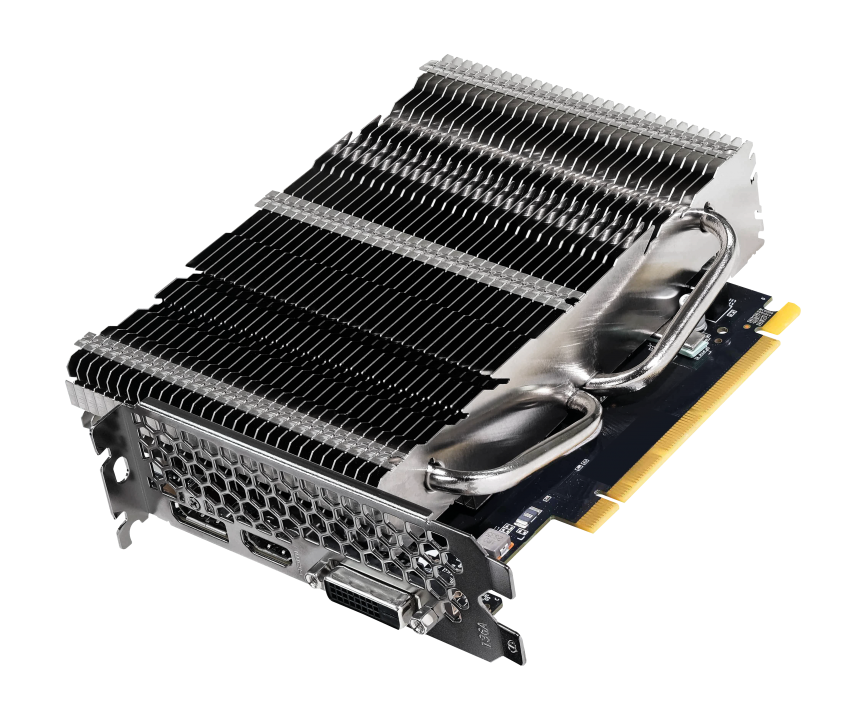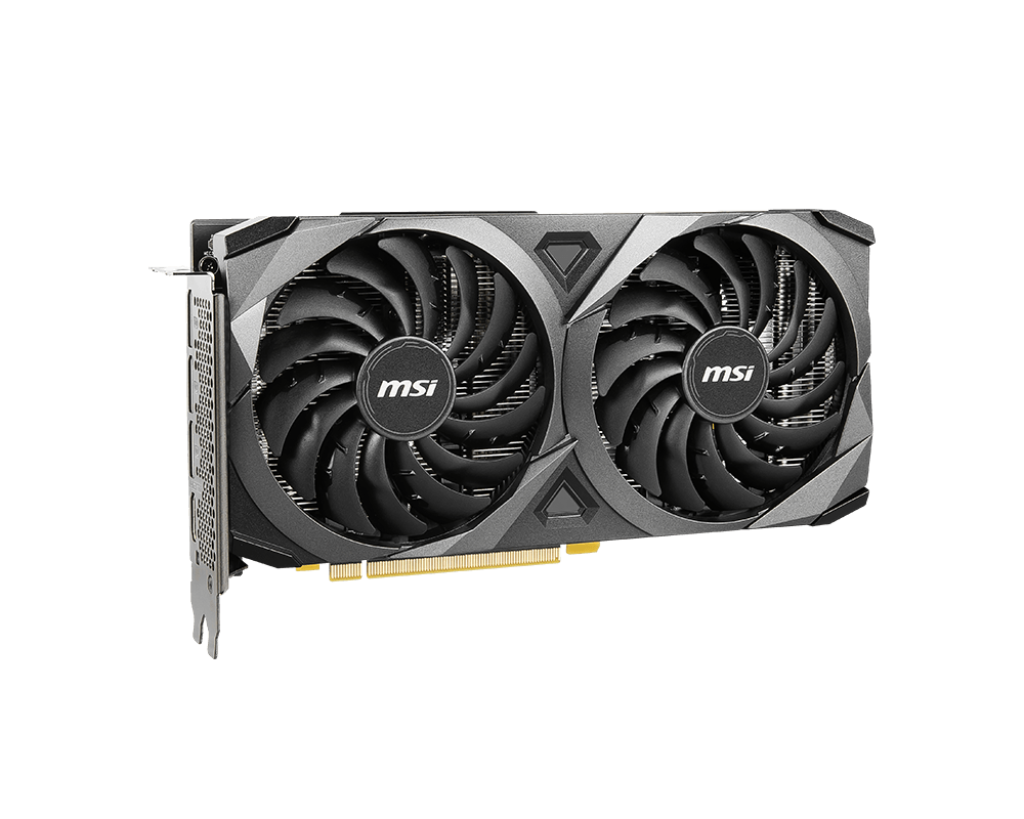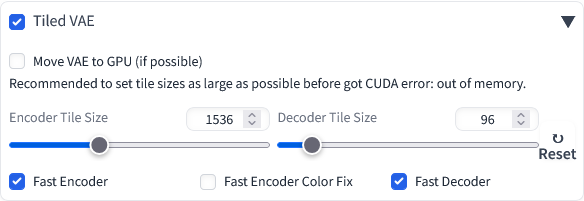- 글쓴시간
- 분류 기술,IT/하드웨어 정보
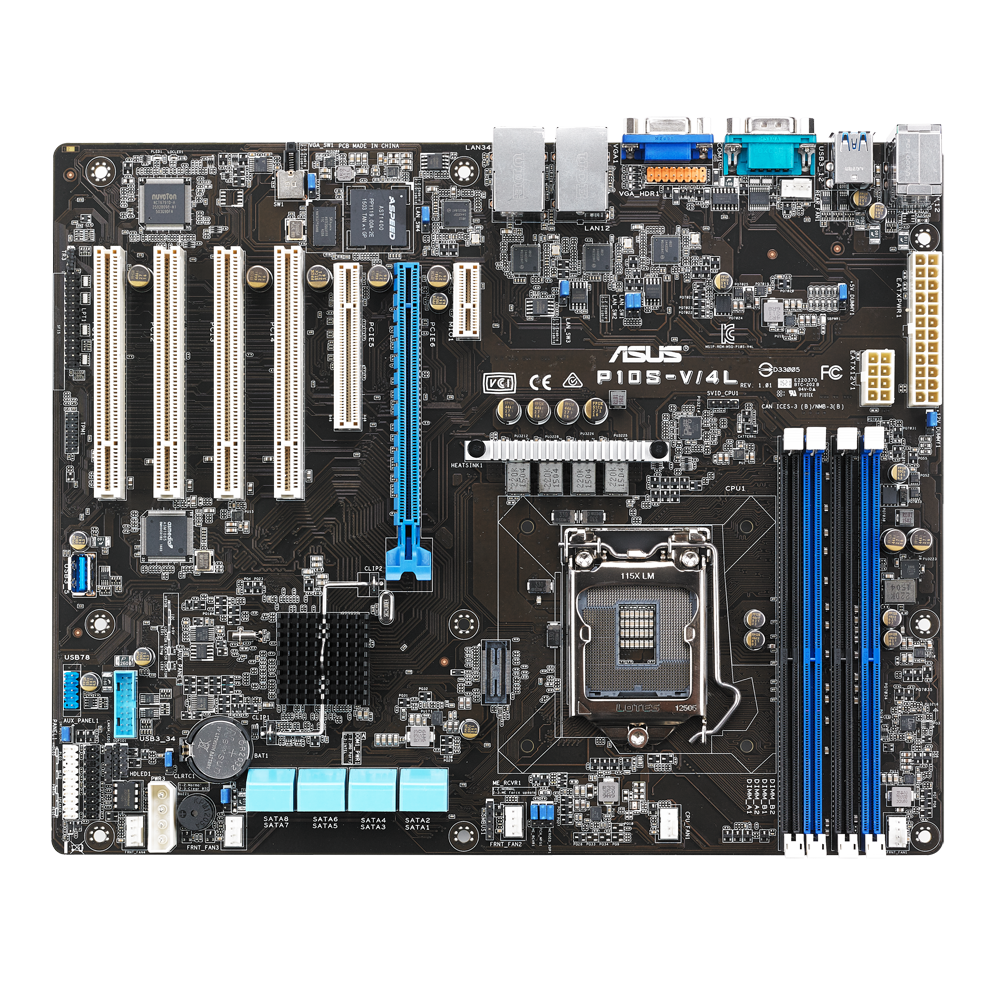
ASUS P10S-V/4L

ASUS P10S-V/4L
출시가격은 24만원 정도. 구형 PCI 슬롯이 있는 제품이지만, C236 칩셋이기 때문에 가격은 비쌌다. Sky Lake 와 Kaby Lake 프로세서 외에 XEON E3 12XX V5, V6 CPU 를 사용할 수 있다. (마더보드의 CPU 호환리스트에는 i5-6500, i7-7700 과 같은 i5 이상의 CPU 가 나와있지 않는데, 사용할 수 있다. 필자가 i7-7700K 이 작동하는걸 확인했다) 또한 XEON CPU를 사용하는 경우, ECC 메모리를 사용할 수 있다.
SATA 슬롯이 8개고 SATA-DOM 도 지원된다.
서버용 마더보드답게 ASPEED 사의 VGA 칩셋(AST1400)이 내장되어있다. (이 칩셋은 서버용 초 저 전력 VGA 칩셋이다. 콘솔용이다) 또한 시리얼 포트를 사용한 콘솔을 지원한다. 오디오 기능은 없다. 랙마운트 서버에 사용할 때, 바람이 원활히 불도록 CPU 소켓, 전원 커넥터, 메모리 위치가 변경되어있다.
캐패시터 색상이 금색이다. 뭔가 멋쩌 보인다. 65도에서 136.9년이라는 수명이라고 한다. 초크 모양도 맘에 든다. CPU 전원부는 4 Phase 으로 고효율 전원부라 발열이 적다.

ASUS P10S-V/4L 후면패널
무엇보다 압도적인건 BIOS 들어가보고 놀랬다. 설정할 수 있는게 굉장히 많다. 어쨌든 C236 칩셋이라 풀 스펙이긴 하니 말이다.
Z270 보드 사려고 당근 기웃거리다가 마침 싸게 있길래 재미삼아 구매했다. 1 만냥에 구매했다. 이 마더보드는 현재 3만냥 정도에 판매되고 있다. 다행이 잘 작동한다. 메모리 슬롯 정상, PCIe x16 포트 정상이다.
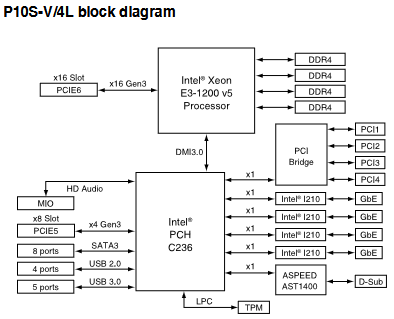
ASUS P10S-V/4L 의 블록 다이어그램
이제 XEON CPU 를 사야 하남. 문제는 E3 계열 XEON CPU중에서 V5, V6 는 잘 안팔렸기 때문에 구할 수 있을지 모르겠다. (E3 CPU 는 C2XX 보드에서만 사용 가능했기 때문에 많이 안 팔렸다) 그냥 i5-7500 정도 선에서 하나 구할 생각도 하고 있다.

ASUS MIO AUDIO 892
마더보드에 보이는 PCIe x1 처럼 생긴 포트는 실제로는 MIO 포트다. PCIe 방식으로 통신하는게 아니기 때문에, PCIe 장치를 끼워도 인식되지 않는다. 위 다이어그램에도 HD Audio 으로 연결한다고 되어있다. 문제는 MIO 포트에 맞는 오디오 카드가 현재 중고로 100달러가 넘는다. 서버 액세사리이기 때문. 에혀. 출시가격은 30달러정도였다. 중고로 100달러라면 그냥 좋은 USB 오디오를 하나 사서 사용하는게 좋다. 이 마더보드가 인기가 없는 이유 중 하나다.










